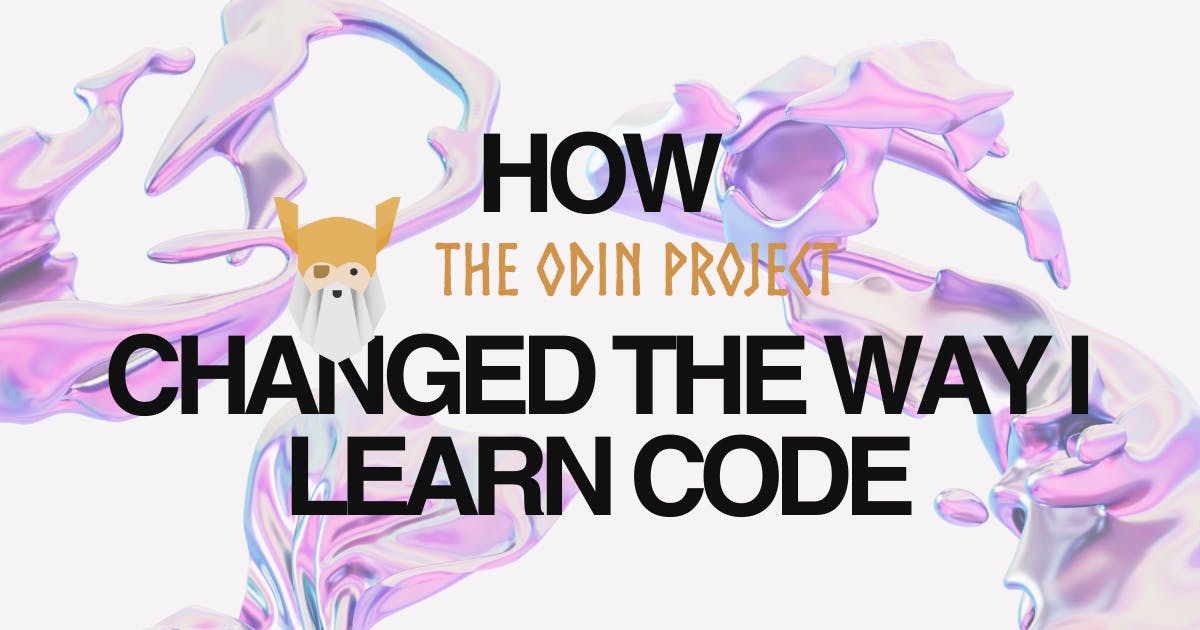Author:
(1) Felix Härer[0000 −0002 −2768 −2342], Digitalization and Information Systems Group, University of Fribourg, Switzerland ([email protected]).
Table of Links
Abstract and 1 Introduction
2 Background and Related Work and 2.1 From Bitcoin to Blockchains
2.2 Open and Permissionless Blockchains
2.3 Interoperability Between Blockchains
3 Cross-Chain Query Language and 3.1 Integrated Data Model
3.2 Grammar and Query Processing Architecture
4 Evaluation of Implementation Feasibility and 4.1 Software and Hardware Configuration
4.2 Query Processing
4.3 Discussion
5 Conclusion and Outlook, Acknowledgment, and References
Abstract. Open and permissionless blockchains are distributed systems with thousands to tens of thousands of nodes, establishing novel platforms for decentralized applications. When realizing such an application, data might be stored and retrieved from one or more blockchains by distributed network nodes without relying on centralized coordination and trusted third parties. Data access could be provided through a query language such as SQL at the application level, establishing a unified view on application-level data that is verifiably stored. However, when accessing multiple blockchains through their node software and APIs, interoperability cannot be assumed today, resulting in challenges of inhomogeneous data access. In addition, different feature sets and trade-offs exist, e.g., regarding smart contract functionality, availability, distribution, scalability, and security. For increasing interoperability, the paper at hand suggests pursuing the development of a cross-chain query language at the application level. The language abstracts from implementation by providing a standardized syntax, an integrated data model, and a processing architecture for data queries. This research is an extended and updated paper of a prior publication demonstrating the language syntax, data model, and architecture with an evaluation of compatibility against the largest open and permissionless blockchains today.
1 Introduction
As of June 2023, a variety of openly accessible blockchains exist with a significant number of active participants. When considering blockchains with at least 1000 daily active addresses, an estimation counts 18 blockchains operating as open platforms for smart contracts or cryptocurrency [1]. In principle, these platforms can be used for data storage by any business or personal application without centralized coordination and trusted third parties [4,1]. Permissionless and verifiable storage are based on algorithmic consensus in contrast to databases and related technologies. In particular, the systems consist of distributed network nodes joining and operating the network at will while any node is able to verify transactions in the blockchain data structure. Decentralized applications are enabled in this way, primarily for programmable money and contracts.
These systems with the components blockchain data, network, and consensus protocol can be considered open and permissionless blockchains (OPB), enabling novel decentralized applications such as programmable money or contracts. Contrary to the distributed systems prevalent in previous decades, well-known OPB now involve the coordinated efforts of thousands to tens of thousands of nodes, forming open and permissionless infrastructures.
Based on the connectivity of active participants, it is estimated that approximately 16,600 nodes are operating Bitcoin[2], 7,600 are operating Ethereum[3], and 3,000 are operating Cardano[4]. These estimations might not take into account potentially uncounted nodes hidden due to specific configurations, e.g. located behind routers and firewalls. As adoption grows, alongside the increasing number of open and permissionless blockchains, as well as the vast quantities of readily available data, this paper posits the future significance of these platforms for verifiable data storage and execution. Applications interfacing with these platforms encompass various uses, including payments and currency, e-commerce, timestamping, and the attestation of data and web links [18,27,11].
This research offers an extended and updated study of existing work [14] with the following research problem, objective, and contribution.
Research Problem. Software accessing data across open and permissionless blockchains (OPB) today face challenges due to interoperability:
-
Inhomogeneous access to data due to various OPB implementations
-
Different OPB data models and features exist.
-
Different OPB trade-offs exist, notably regarding scalability, security, and decentralization.
Research Objective and Contribution. The objective of this research is to study the three challenges hindering enhanced interoperability among OPB. The paper contributes a cross-chain query language, established by defining an integrated data model, a grammar and concrete syntax, and a processing architecture. In response to query statements submitted by software applications, data from various blockchain nodes is gathered, integrated into the data model, and processed in accordance with the statements. Considering previously suggested conceptual models and query languages, e.g. [19] and [5], the language design abstracts from implementation of today’s largest OPB. The proof-of-concept implementation demonstrates feasibility and compatibility, but also indicates potential for software to incorporate OPB as integral components of their architecture.
Application Example. Consider a scenario where numerous e-commerce websites participate in shared loyalty programs, issuing reward points for customer purchases. This model is not uncommon among collaboratively operating airlines[5], among other industries. Given a cross-chain query language, business-level applications across different airlines could access data in a standardized way, reuse queries in their software components, view data on multiple blockchains, integrate and migrate among blockchains, or exchange the underlying blockchains. This is especially advantageous for decentralized scenarios where centralized coordination is limited, e.g. in business networks of different companies relying on separate infrastructure and technology stacks, or generally in decentralized applications.
The paper is organized as follows. Section 2 lays out background and related studies. Section 3 discusses OPB, focusing on their properties essential for the derivation of an integrated data model. The data model, a grammar with a derived concrete language syntax, and a processing architecture follow. A demonstration of feasibility for the language is provided in Section 4 with a prototype implementation utilizing multiple OPB. Section 5 draws conclusions and provides an outlook.
Application Example. Consider a scenario where numerous e-commerce websites participate in shared loyalty programs, issuing reward points for customer purchases. This model is not uncommon among collaboratively operating airlines[6], among other industries. Given a cross-chain query language, business-level applications across different airlines could access data in a standardized way, reuse queries in their software components, view data on multiple blockchains, integrate and migrate among blockchains, or exchange the underlying blockchains. This is especially advantageous for decentralized scenarios where centralized coordination is limited, e.g. in business networks of different companies relying on separate infrastructure and technology stacks, or generally in decentralized applications.
The paper is organized as follows. Section 2 lays out background and related studies. Section 3 discusses OPB, focusing on their properties essential for the derivation of an integrated data model. The data model, a grammar with a derived concrete language syntax, and a processing architecture follow. A demonstration of feasibility is provided in 4 with a prototype implementation utilizing multiple OPB. The final section, Section 5, draws conclusions and provides an outlook.
[1] https://www.tradingview.com/markets/cryptocurrencies/ prices-most-addresses-active/, 2023-06-30
[2] https://bitnodes.io/, 2023-06-30
[3] https://ethernodes.org/, 2023-06-30
[4] https://adastat.net/pools/, 2023-06-30
[5] See e.g. https://www.miles-and-more.com/ch/en.html, 2023-06-30
[6] See e.g. https://www.miles-and-more.com/ch/en.html, 2023-06-30












